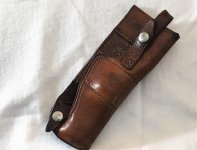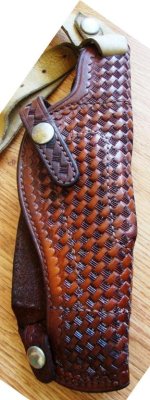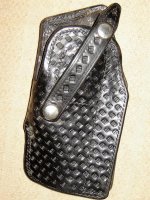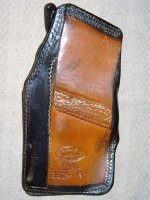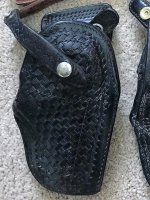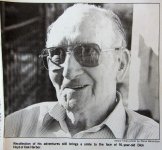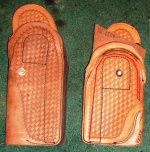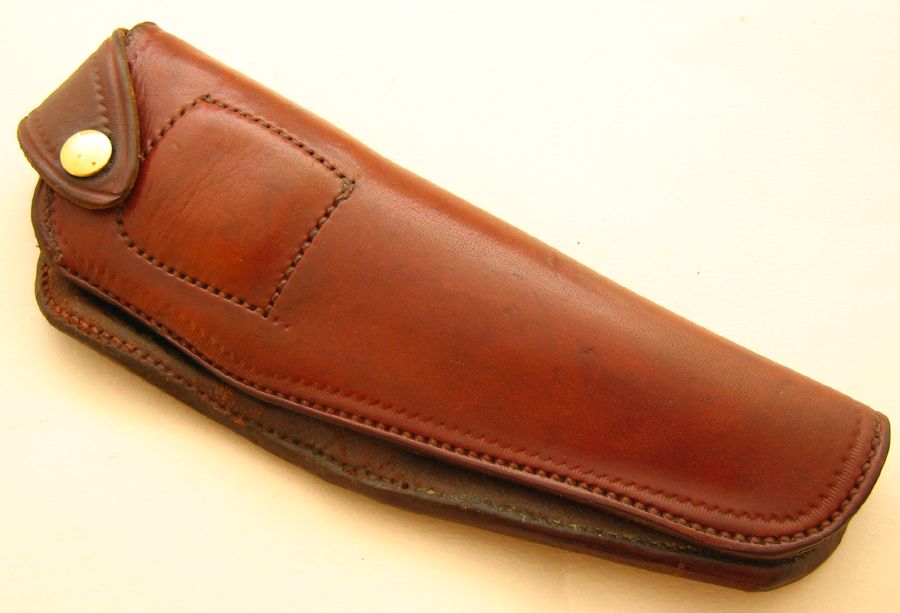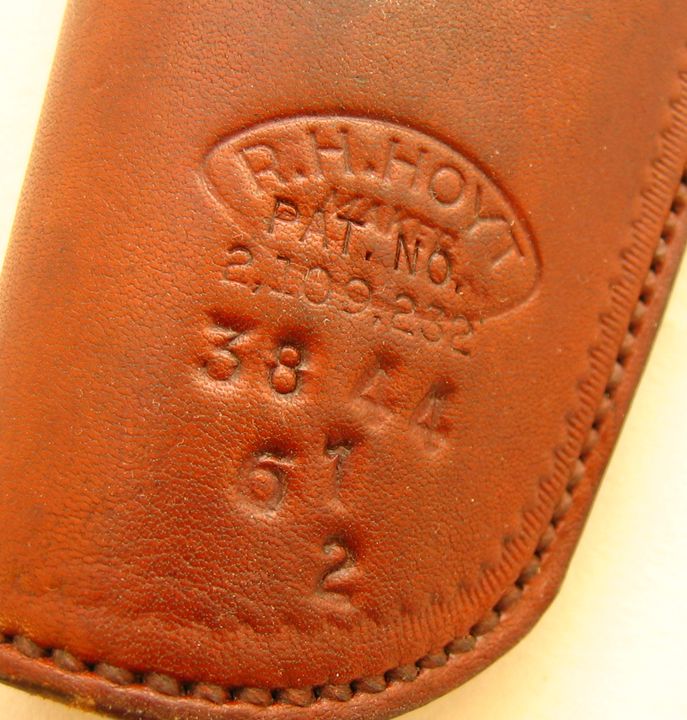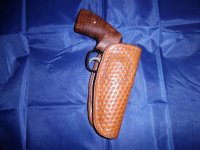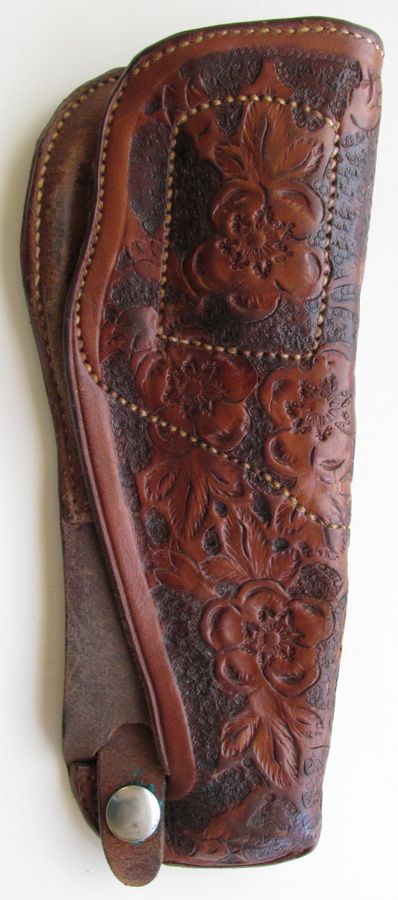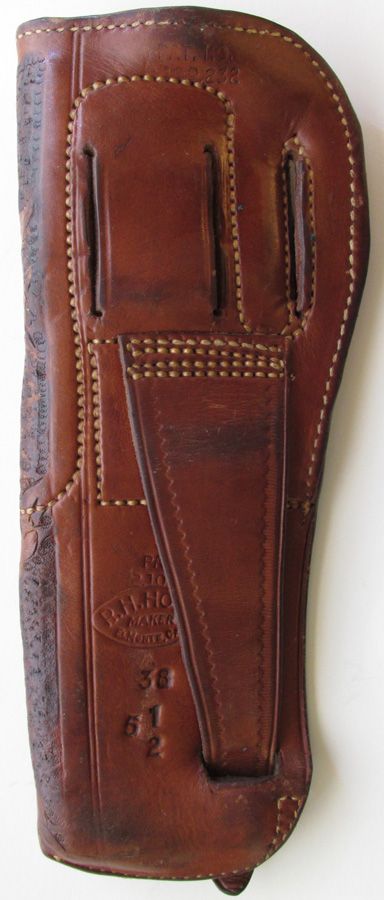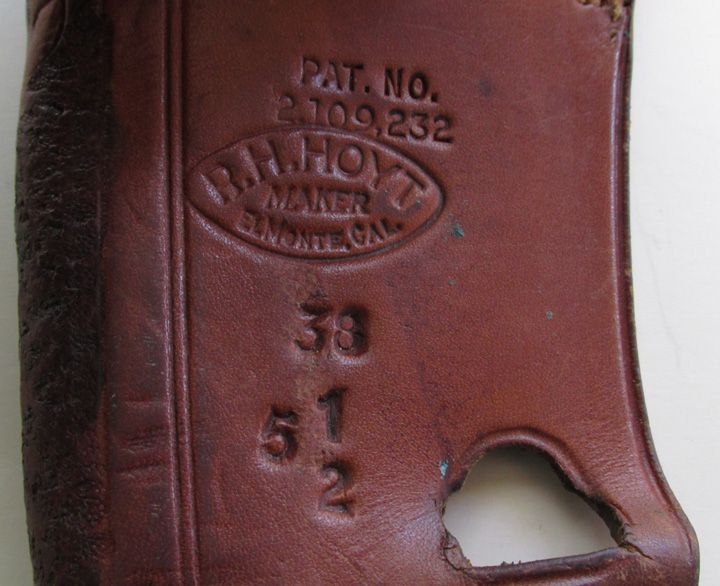rednichols
Well-known member
Rarely has Hoyt's history been reviewed completely, so therefore not accurately. This is a man who went to an Indian school as did both Tom Threepersons Cherokee and Tom Three Persons Blood -- even though he wasn't Indian!
Dick Hoyt proudest time in life appears to have been as an Army aviator during WWI, when pilots were part of the Army Signal Corps; according to an interview he gave shortly before his death in the late 1980s.
He was posted in San Diego at that time, having persisted to become a pilot over, say, a machine gunner for lack of a college degree. He tells us they had no parachutes for the biplanes then so it was either land, or crash and die. Shot down two planes -- "me, both times" -- because his planes had machine guns mounted behind the propellor and the synchronising of the two was often faulty.
One could be forgiven for wondering if he and his plane(s) could have ended up serving in the first foray by the U.S. for planes in battle, when Pershing sent them against Pancho Villa during the punitive expedition of 1916/17. Considered a failure for aviation, it is credited for teaching the Army what it needed to fight in Europe with aircraft 1917/18.
Released from service there, he ended up a sales representative for E.E. Clark's holster company in L.A. From there he filed two patents, for shoulder holsters with two different kinds of springs: one of the flat style, and one of the wire form style for which Hoyt is most famous today (as is Clark and later Bucheimer which bought Clark from E.E.'s son E.J. who worked for them and later for Safariland).
Accordingly, there were several eras of Hoyt holsters. Hoyt located at first, not in Los Angeles per se, but in El Monte which had been a separate city since 1912. Something to do with the New Deal in the 1930s attracting residents to housing there. Holsters appear to have been made there 1940 to 1960. Readily distinguished from the front by the very odd basket weave stamping that must have been very fast compared with the then-traditional method.
Then from L.A. county to Orange county and the better known address in Costa Mesa: by 20 years after his patents issued Dick has handed off to his son in law Woody Hershmann, who operates it there until 1980. By then I'm deducing that the products liability climate in California has become inhospitable for police holster makers -- at least one P.D. in the late 1970s is after them because it seems holsters aren't absolute security against BGs -- and Hoyt reincorporates in the latter Coupeville WA address.
The latter two Hoyt holsters are difficult to differentiate from the front views we get most often in pics, because in both eras Woody has settled on the traditional basketweave pattern. It helps to know that around 1970 the 'jacket style' belt loop became standardised amongst all forward-draw holster makers; prior the Hoyt had a tunnel stitched to the backside.
Masses of stitching on a Hoyt since Day One, mostly on the backside. The holster was mostly assembled, the spring inserted at the mouth end, the holster stitched closed, and the excess leather trimmed away. Not at all obvious to the rest of us during the '70s, but we knew we didn't want to work it out anyway, and went our own way with, for example, the Bianchi 27K and the comparable Safety Speed (the better of the two) (Shoemaker's was very similar to the Hoyt methodology).
I'll post up some pics.
Dick Hoyt proudest time in life appears to have been as an Army aviator during WWI, when pilots were part of the Army Signal Corps; according to an interview he gave shortly before his death in the late 1980s.
He was posted in San Diego at that time, having persisted to become a pilot over, say, a machine gunner for lack of a college degree. He tells us they had no parachutes for the biplanes then so it was either land, or crash and die. Shot down two planes -- "me, both times" -- because his planes had machine guns mounted behind the propellor and the synchronising of the two was often faulty.
One could be forgiven for wondering if he and his plane(s) could have ended up serving in the first foray by the U.S. for planes in battle, when Pershing sent them against Pancho Villa during the punitive expedition of 1916/17. Considered a failure for aviation, it is credited for teaching the Army what it needed to fight in Europe with aircraft 1917/18.
Released from service there, he ended up a sales representative for E.E. Clark's holster company in L.A. From there he filed two patents, for shoulder holsters with two different kinds of springs: one of the flat style, and one of the wire form style for which Hoyt is most famous today (as is Clark and later Bucheimer which bought Clark from E.E.'s son E.J. who worked for them and later for Safariland).
Accordingly, there were several eras of Hoyt holsters. Hoyt located at first, not in Los Angeles per se, but in El Monte which had been a separate city since 1912. Something to do with the New Deal in the 1930s attracting residents to housing there. Holsters appear to have been made there 1940 to 1960. Readily distinguished from the front by the very odd basket weave stamping that must have been very fast compared with the then-traditional method.
Then from L.A. county to Orange county and the better known address in Costa Mesa: by 20 years after his patents issued Dick has handed off to his son in law Woody Hershmann, who operates it there until 1980. By then I'm deducing that the products liability climate in California has become inhospitable for police holster makers -- at least one P.D. in the late 1970s is after them because it seems holsters aren't absolute security against BGs -- and Hoyt reincorporates in the latter Coupeville WA address.
The latter two Hoyt holsters are difficult to differentiate from the front views we get most often in pics, because in both eras Woody has settled on the traditional basketweave pattern. It helps to know that around 1970 the 'jacket style' belt loop became standardised amongst all forward-draw holster makers; prior the Hoyt had a tunnel stitched to the backside.
Masses of stitching on a Hoyt since Day One, mostly on the backside. The holster was mostly assembled, the spring inserted at the mouth end, the holster stitched closed, and the excess leather trimmed away. Not at all obvious to the rest of us during the '70s, but we knew we didn't want to work it out anyway, and went our own way with, for example, the Bianchi 27K and the comparable Safety Speed (the better of the two) (Shoemaker's was very similar to the Hoyt methodology).
I'll post up some pics.

